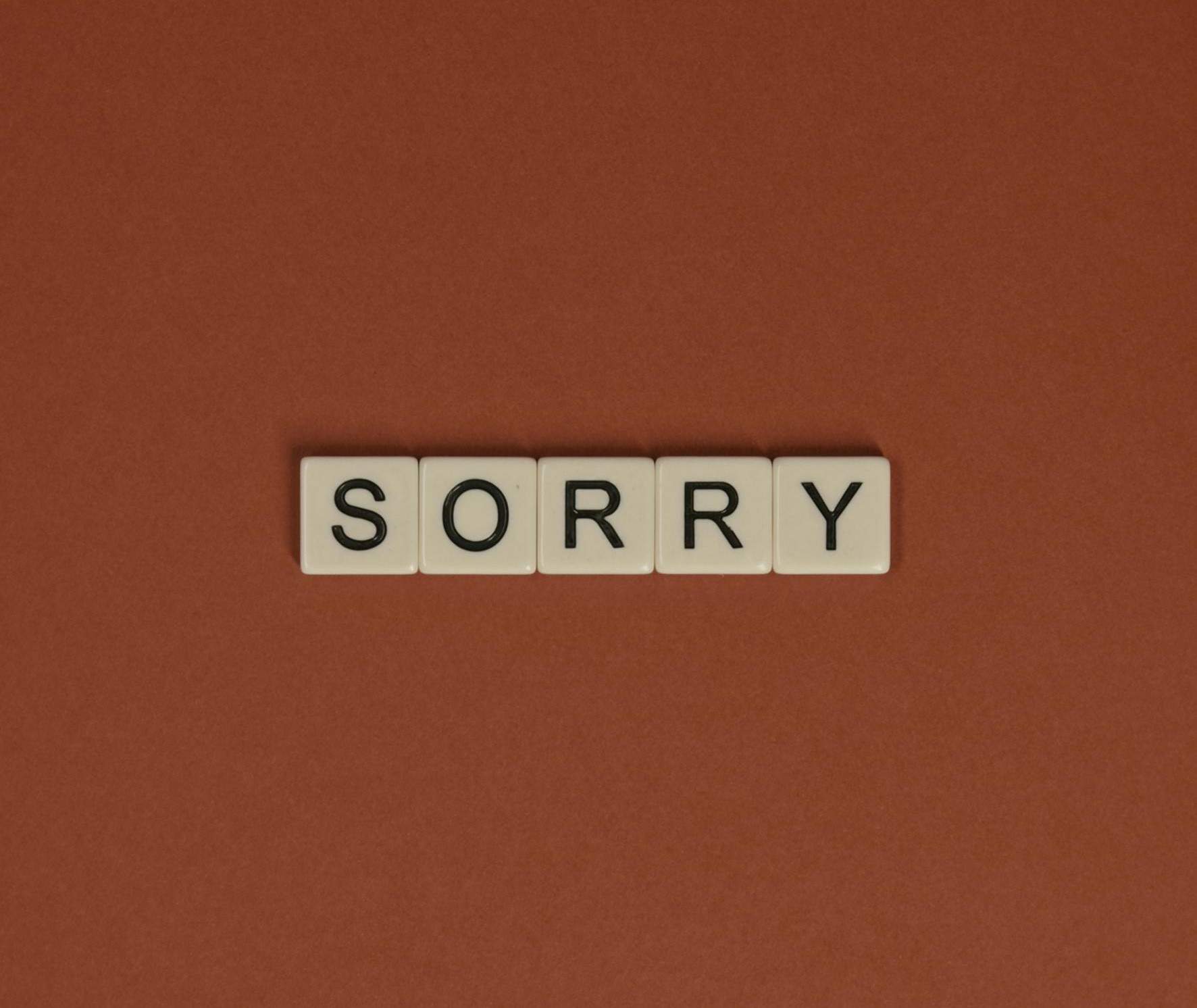“Remember how, in The Matrix, mankind had become batteries, so the machines could feed off of us? Well, it’s happening now, just 140 words at a time,” writes Patton Oswalt in a recent opinion piece for TIME. This is why, from June 1 to Labor Day, Oswalt committed to shutting off his devices.
Amidst fantasies of building a sustainable, small-yeild garden for his daughter and “learning knife-throwing,” Oswalt ended up slinking around the web instead. “I still clicked on videos. Visited my usual news aggregate haunts. Wasted time,” he writes.
Email, interrupted
After a month, Oswalt noticed some changes to how he used his phone:
By this point I rarely looked at my phone. The only times I’d use Twitter was to re-Tweet a link to a project I was involved in, or help promote a friend’s documentary, or fundraising effort, or album release. My phone only came out of my pocket if I needed to call someone or, more often, text someone. More and more, my eyes met the world. At eye level.
This technique rings true with what researchers are learning about how we tackle our overstuffed inboxes. Their advice? If someone is in the office, or physically in your vicinity, meet face-to-face with them. While it might seem more productive to send a quick message and move on, an email chain inevitably follows. “The task comes back and in the long run takes much longer,” says Karen Renaud, who research emailling behaviours at Glasgow University in the UK. Instead of shooting off a message every time the thought comes to you, taking a moment to connect personally can save you time. (You might want to read these simple tips for reducing your inbox.)
Carving out time to unplug
Oswalt says being endlessly connected is a generational problem—but perhaps not in the way you’d think. Oswalt actually credits the 20-something-year-olds with having a more tempered relationship with their devices than the 40-something-year-olds who treat their phones like an “exotic novelty” because they remember “the endorphin rush of sudden connectivity [from logging] onto dial-up Internet and, after 10 minutes, sheepishly searched for their own name.”
This distinction—that we learn how to use technology, and that the technology itself doesn’t determine our behavior and thoughts—squares with what social media experts from Facebook, Google, and other major companies are discussing.
“Technology is something that we must learn to master, rather than letting it master us,” Rich Fernandez, former people development lead at Google, told Mindful. “By applying mindfulness, care, and attention in how we work with our devices and screens, we can avoid a state of ‘continuous partial attention’ and disconnection from our own lived experience, our bodies, and the people around us.”
If you want to learn more about having a mindful web experience, check out this chart for taking control of your tech habits.







